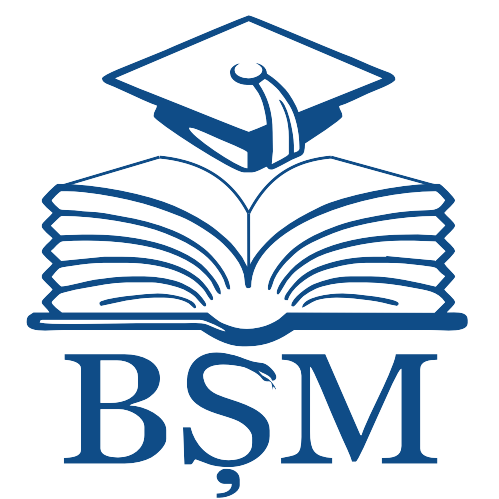|
|
- IRMS - Nicolae Testemitanu SUMPh
- 1. COLECȚIA INSTITUȚIONALĂ
- Revista de Științe ale Sănătății din Moldova
- Revista de Științe ale Sănătății din Moldova : Moldovan Journal of Health Sciences 2024 Vol. 11, Issue 2
Please use this identifier to cite or link to this item:
http://hdl.handle.net/20.500.12710/30018
| Title: | Pulmonary involvement in ankylosing spondylitis |
| Authors: | Sabil, Rani
Abin, Shajahan
Vilayilazhikathu, Abdulmajeed |
| Keywords: | ankylosing spondylitis;lung involvement |
| Issue Date: | 2024 |
| Publisher: | Instituţia Publică Universitatea de Stat de Medicină şi Farmacie „Nicolae Testemiţanu” din Republica Moldova |
| Citation: | SABIL, Rani; ABIN, Shajahan; VILAYILAZHIKATHU, Abdulmajeed. Pulmonary involvement in ankylosing spondylitis. In: Revista de Ştiinţe ale Sănătăţii din Moldova = Moldovan Journal of Health Sciences. 2024, vol. 11, nr. 3, anexa 2, p. 266. ISSN 2345-1467. |
| Abstract: | Background. Ankylosing spondylitis (AS) is chronic inflammatory disease, mostly affecting the axial skeleton and peripheral joints. Extra-articular manifestations: involvement
of the eyes, lungs, heart, and kidneys are noted. Respiratory problems have been seen in up to 30% of AS patients.
Objective of the study. To determine the impact of pulmonary involvement in AS. Material and methods. Through
the PubMed, NCBI, NIH databases Rheum and Science Direct 50 publications were selected. Result. Pneumopathy
in AS begins in the early stages of the disease and worsens
over time. Clinical picture consists of progressive dyspnea,
cough, sometimes hemoptysis sputum, marked fatigability.
The most frequent pleuropulmonary symptoms are upper
lobe fibrosis, mycetoma formation, and pleural thickening.
The development of pulmonary apical fibrosis takes around
20 years, and advances gradually. Early pulmonary apical
fibrocystic illness can be asymmetrical, but most instances have bilateral apical fibrobullous lesions. Many of cases
worsen over time, resulting in nodule coalescence, cyst and
cavity formation, fibrosis, and bronchiectasis. High-resolution computed tomography (HRCT) of the lungs shows that
40–90% of patients have a variety of pleuro-parenchymal
symptoms, including ground glass attenuation (11.2%),
bronchiectasis (10,8%), emphysema (18%), upper lobe
fibrosis (7%), and unspecified interstitial abnormalities
(33%). The higher lobe cysts and cavities, secondary fungal and mycobacterial infections, Aspergillus fumigatus was
isolated. Fusion of the costovertebral joints, ankylosis of the
thoracic spine/anterior chest wall involvement result in a
restricted ventilatory impairment. Conclusions. Pulmonary parenchymal disease is typically asymptomatic and
progressive in AS. Patients need regularly examinations
even if their complaints have subsided. |
| metadata.dc.relation.ispartof: | Revista de Ştiinţe ale Sănătăţii din Moldova = Moldovan Journal of Health Sciences |
| URI: | https://cercetare.usmf.md/sites/default/files/inline-files/MJHS_11_3_2024_anexa2__site.pdf
https://repository.usmf.md/handle/20.500.12710/30018 |
| ISSN: | 2345-1467 |
| Appears in Collections: | Revista de Științe ale Sănătății din Moldova : Moldovan Journal of Health Sciences 2024 Vol. 11, Issue 2
|
Items in DSpace are protected by copyright, with all rights reserved, unless otherwise indicated.
|


